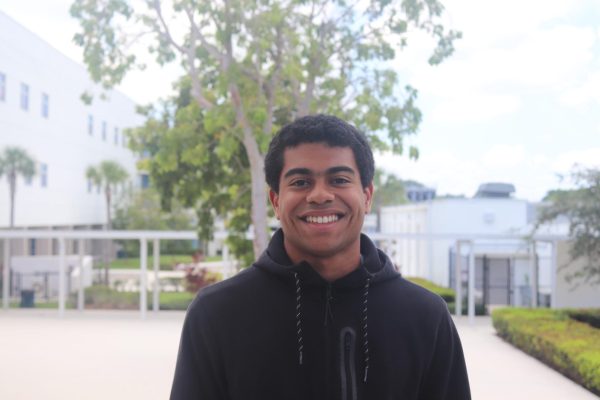This summer, after hearing cases litigated against Harvard College and the University of North Carolina, the Supreme Court ruled that colleges cannot consider race in the admissions process. This decision harms the efforts made to ensure diversity on college campuses and educational outcomes for students of color.
Affirmative action policies in college admissions have caused controversy for decades, but the Supreme Court consistently upheld the school’s ability to consider race as a part of an individual’s application. The current court, in line with its other controversial decisions, has strayed from previous legal precedents in the Students For Fair Admissions, Inc. v. President and Fellows Of Harvard College decision.
Those who agree with the Supreme Court’s decision say it has made the college admissions process fairer. They argue that removing race as a consideration means the best-qualified applicants will receive acceptances. However, this reasoning fails to consider how metrics used to measure applicants’ achievements, such as their standardized test scores, tend to favor wealthier white applicants. Namely, greater wealth is correlated with a higher SAT score, and wealth inequality in America means that Black, Hispanic and Native American students suffer the most from this correlation.
Furthermore, legacy status and similar admissions policies reveal that merit is not the sole factor considered in admissions practices. Legacy students, whose parents attended the school, get preferential treatment at many colleges, which heavily favors white students. For instance, a 2019 study by economists Tyler Ransom, Peter Arcidiacono and Josh Kinsler found that at Harvard, 43% of white students admitted were ALDC students – applicants related to faculty, donors, or staff, athletic recruitments, legacies, and those on the dean’s list. In contrast, less than 16% of students who identify as Hispanic, African American or Asian are ALDCs. Additionally, this study found that approximately 75% of those white students would have received a rejection letter if not for their ALDC status. If the fight against affirmative action focused on ‘fairness’ as the plaintiff Students For Fair Admissions, Inc. claimed, where is the lawsuit against all other factors that have nothing to do with merit and everything to do with wealth, privilege and luck?
Another concerning aspect of the Supreme Court’s ruling centers on the exemption of military service academies. Former military leaders argued that affirmative action policies in military service academies facilitate a diverse officer corps in the armed forces, which allows for greater cohesion and unity across our nation’s military. The majority agreed, telling students of color what those justices really thought of us. Apparently, the court agrees that a diverse military leadership is important for the country, but diversity in our university faculties, business executives, scientists, law offices and medical associations matters much less.
Justice Ketanji Brown Jackson put it best in her dissent saying, “The Court has come to rest on the bottom-line conclusion that racial diversity in higher education is only worth potentially preserving insofar as it might be needed to prepare Black Americans and other underrepresented minorities for success in the bunker, not the boardroom.”
Nine states had already banned affirmative action in college admissions before the Supreme Court struck it down in June. One such state, California, shows what could come of the court’s ruling. California banned affirmative action in the state’s public university system in 1996. The ban led to Black and Hispanic enrollment dropping to half of its previous level at the University of California, Berkeley and the University of California, Los Angeles. Following the ban, Black and Hispanic students were less likely to graduate, earn STEM degrees or attend graduate school. Black and Hispanic students also saw a 5% decrease in wages earned after their enrollment at the more selective universities, UCLA and UC Berkeley, declined. Thanks to Justices Roberts, Thomas, Alito, Gorsuch, Kavanaugh and Barrett we may see these adverse effects on a national level.
The court once again issued a ruling that does not reflect the views of the majority of American citizens. A 2021 survey revealed that 62% of Americans favored affirmative action programs, similar to how 61% of voters disapprove of the court’s overturning of abortion rights. Indeed, these rulings have affected how Americans perceive the Supreme Court, with 48% saying they view the court favorably, a 22% decrease since 2020. The court’s majority clearly has more of a political agenda than an interest in serving the American people. Beyond affirmative action and abortion rights, the court also weakened section 2 of the Voting Rights Act in 2021, making it harder to take legal action against voting laws that discriminate based on race. This all begs the question, what aspect of civil rights will the court attack next?
Education matters. Many universities have tried different ways of increasing or maintaining diversity on campus without affirmative action, but these efforts generally fail to restore diversity levels to pre-affirmative action levels as seen in California. When our higher learning institutions – especially the elite ones – have less diverse student bodies, the inequality that has continued to plague this nation will only worsen.






